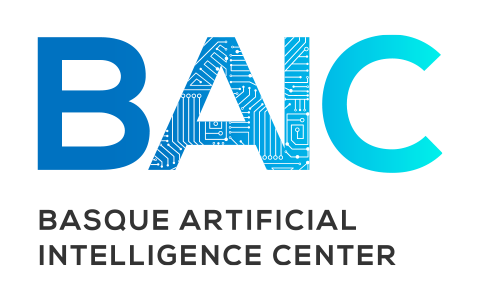
Sener – RESPIRA®, Intelligent System for Efficient Air Conditioning and Ventilation Control in Buildings and Large Infrastructures
Sener
Sector: Energy
Business Case
respira® is a control system based on artificial intelligence that optimises the operation and maintenance of HVAC systems in buildings and large infrastructures. respira® can be understood as an intelligent and automatic virtual operator of the existing air-conditioning system.
Objectives
respira®, with its predictive capability, aims to obtain the maximum performance of the installation, which translates into significant savings in energy consumption (between 15-35%) and improved environmental conditions in terms of thermal comfort and indoor air quality.
Use case
respira®, unlike current control systems, uses historical data to learn and continuously adapts its algorithm to the changing reality of the installation, automatically modifying the operation of the air-conditioning system in order to achieve the required environmental conditions with the lowest energy expenditure. In addition, thanks to its predictive capability, it allows for predictive maintenance with early detection of faults.
Infrastructure
Cloud
Technology
Machine learning and deep learning
Data
Measurements of environmental conditions (temperature, humidity, etc.) and indoor air quality (C02, PMx, etc.). Weather forecasts. Facility operating parameters (occupancy, events, thermal loads, etc.). Energy consumption.
Resources
Own resources: engineering hours. Cloud platform. Additional sensors for data acquisition.
Difficulties and learning
Cybersecurity. Opting for a non-intrusive solution based on: IoT sensor technology, a cloud architecture where all available data is received and processed, and a web query platform that the customer can access without the need for system integration, so there are no security breaches. Bringing two worlds together: engineering and data. The importance of combining HVAC engineers and energy engineers with data engineers, data scientists and data analysts.
KPIs (business impact and metrics of the model)
Thermal comfort: percentage of time in acceptable indoor temperature range and/or thermal comfort indexes (PMV, PPD). Air quality: percentage of time at acceptable level of carbon dioxide concentration (ADI). Energy efficiency: percentage of energy cost savings and percentage of emissions reduction (carbon footprint).
Funding
Own resources: SENER Ingeniería y Sistemas, S.A.
Collaborators, Partners
Buildings or infrastructures that have allowed the implementation of this system in their facilities: Barcelona Metro (TMB), Manises Airport (Aena).

